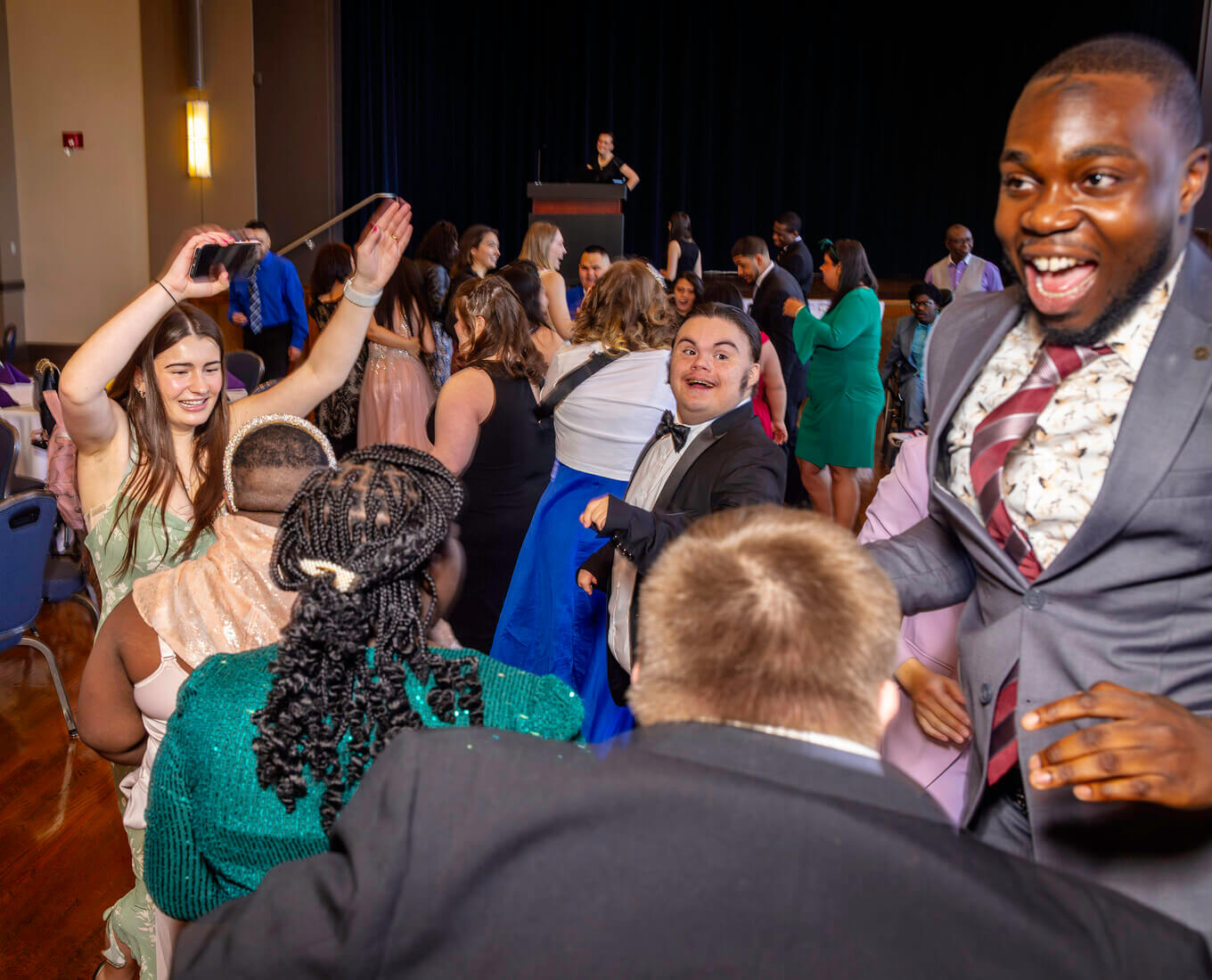Students in Latin 101 at College of the Holy Cross usually spend long hours studying complex grammatical concepts and memorizing verb conjugations to ready themselves to read Roman literary masterworks. As a result, there"s not too much of a focus on things that might show up in an introductory course of a modern language — they don’t describe the objects they find in their rooms or recount their daily routines in detail. But when a group of fourth graders wants to talk about their favorite Thanksgiving foods, you figure it out.
As part of a Latin 101 course integrating Community-Based Learning (CBL), small groups of students from the class, taught by Dominic Machado, assistant professor of classics, have been traveling to Worcester elementary schools four times a week to teach introductory Latin to fourth and sixth grade students.
"The young students wanted to know about ancient science, so my students learned about Pompeii and the eruption of Mount Vesuvius," Machado says. "Not only is the student-teaching reinforcing what we cover in class, but it's pushing Holy Cross students to stretch the boundaries of what they know and don't know."
Machado isn't surprised, however, that students have embraced the teaching.
"We've seen research that active learning and community-based learning are big drivers of student achievement. CBL supplements exactly what students are learning and helps them to make it real. We always hear, teaching is the best way to learn. The students are so used to receiving knowledge and memorizing it. Now they have to produce it."
The education goes both ways. "Going into the classrooms has helped me expand my own Latin vocabulary and embrace ancient Roman culture," says Peter Blunt '21, an accounting major with a minor in peace and conflict studies.
Planning Latin lessons for grade schoolers also helps Holy Cross students consider a bigger question: Who gets to study the classics?
"Classics are primarily taught in universities. You think of a classics professor wearing tweed, right?" Machado jokes. "But by interacting with a population that's exactly not that, and seeing how they respond to Latin, the students consider how we think about language and culture and whether that makes sense."
The class' on-campus format is mostly on par with other sections of Latin 101; students meet three times a week to learn the basics of the language. Three times during the semester, however, a representative from the CBL office takes over the class for a week, talking about CBL-related subjects such as toxic charity or interacting with students from different backgrounds. Students also spend class time coming up with lesson plans for the elementary school students.
Chris Shakespeare '20, a chemistry major with a minor in religious studies, is a fan — of both the language and the teaching.
"I have come to realize that I learn best when I can contextualize the material that we cover in class. CBL gives me the opportunity to investigate different facets of the Roman culture so that I am prepared to answer any questions our students may ask."
For Blunt, the most surprising thing was how quickly the young students catch on. "It showed me that when we have engaging lessons with interesting vocab words, they connect with the material." A lesson in education that applies to any language and any age.
Carpe Diem: Holy Cross Students Teach Latin to Local Elementary Schoolers
Students in Dominic Machado's Latin 101 course are taking their lessons to fourth and sixth graders in Worcester
Read Time
2 Minutes


